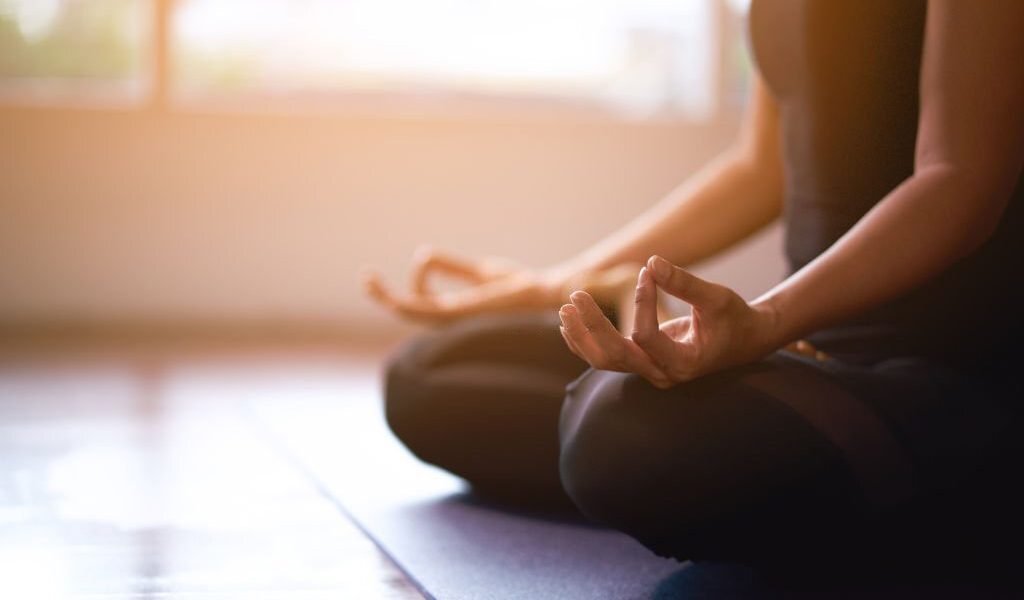Meditation trains the mind and cultivates a positive mindset. It can relieve stress, manage anxiety, and increase focus, so more people are interested in trying this practice.1
When meditating, beginners and even experienced practitioners tend to get distracted because they don’t know what to do with their hands. If you also struggle with this dilemma, there are meditation hand positions or mudras that you can try to level up your meditation experience.
What Are Mudras (Meditation Hand Positions)?
Mudras, derived from the Sanskrit word for gesture, refer to hand positions for meditation. They come in different forms, each with meaning or intention.
According to meditation teacher Sah D’Simone, mudras “reinforce specific healing states of mind.” Doing these gestures help “draw your mindfulness inward and reconnect you with your heart’s language of compassion, kindness, goodness, creativity, and joy.”
Additionally, Ayurveda, the world’s oldest holistic healing system, reveals that fingers act as electrical circuits. They represent different elements:
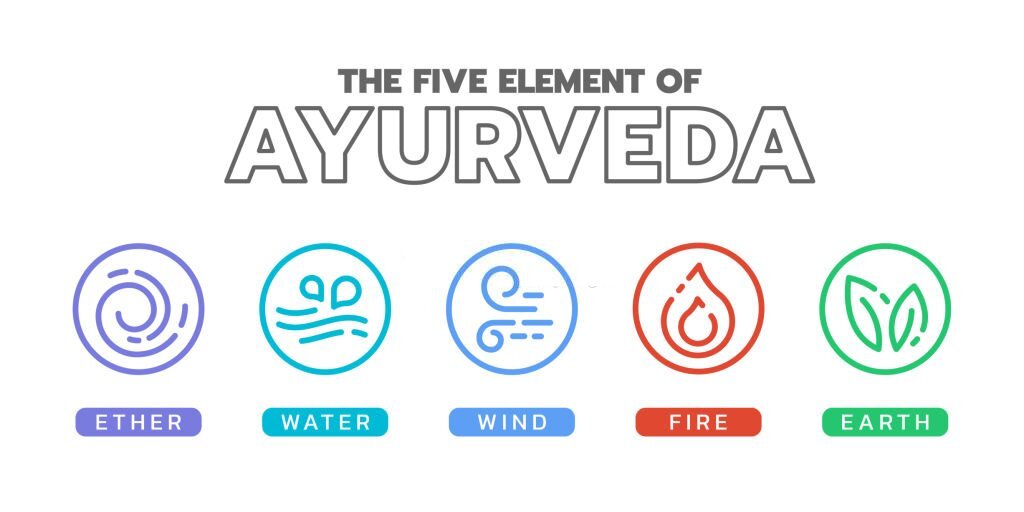

- Thumb – fire
- Forefinger – wind
- Middle finger – space or ether
- Ring finger – earth
- Little finger – water
Why Use Meditation Hand Positions (Mudras)?
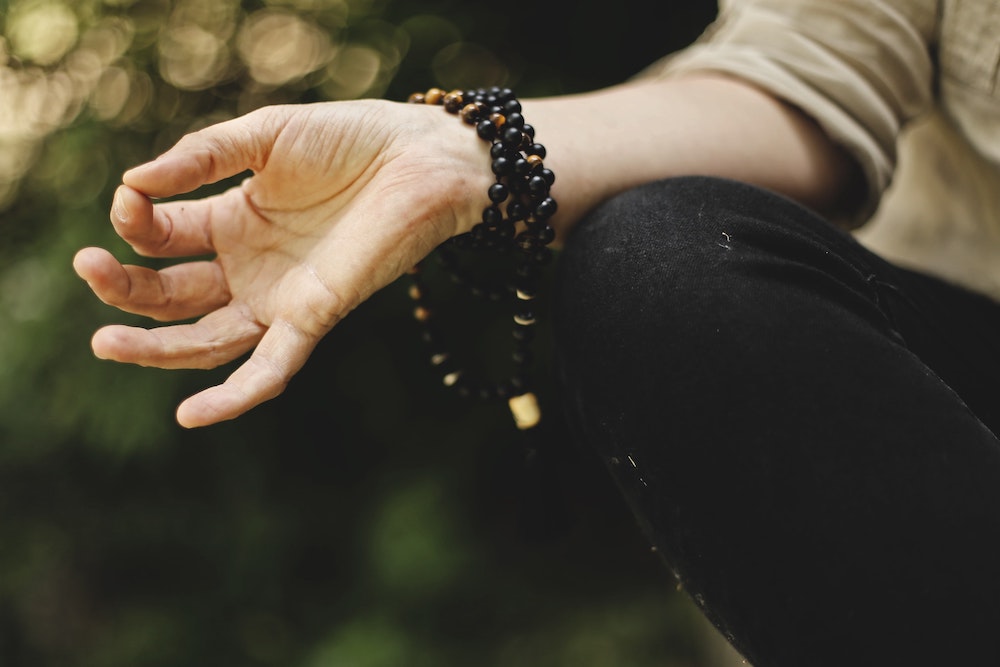

These positions may simply look like shapes made with the hands, but they actually serve as a powerful tool during meditation.
Mudras let you tap into a powerful energy that connects and balances different elements. Research showed that practicing mudras for at least 20 minutes produces a surge of energy at the fingertips.2
10 Meditation Hand Positions And Their Meanings
If you haven’t been making mudras already, now is the best time to start. Try incorporating these meditation hand positions into your practice to deepen your connection with meditation.
- Gyan
- Buddhi
- Dhyana
- Varada
- Vajrapradama
- Shuni
- Prana
- Surya
- Apana
- Ganesha
1. Gyan
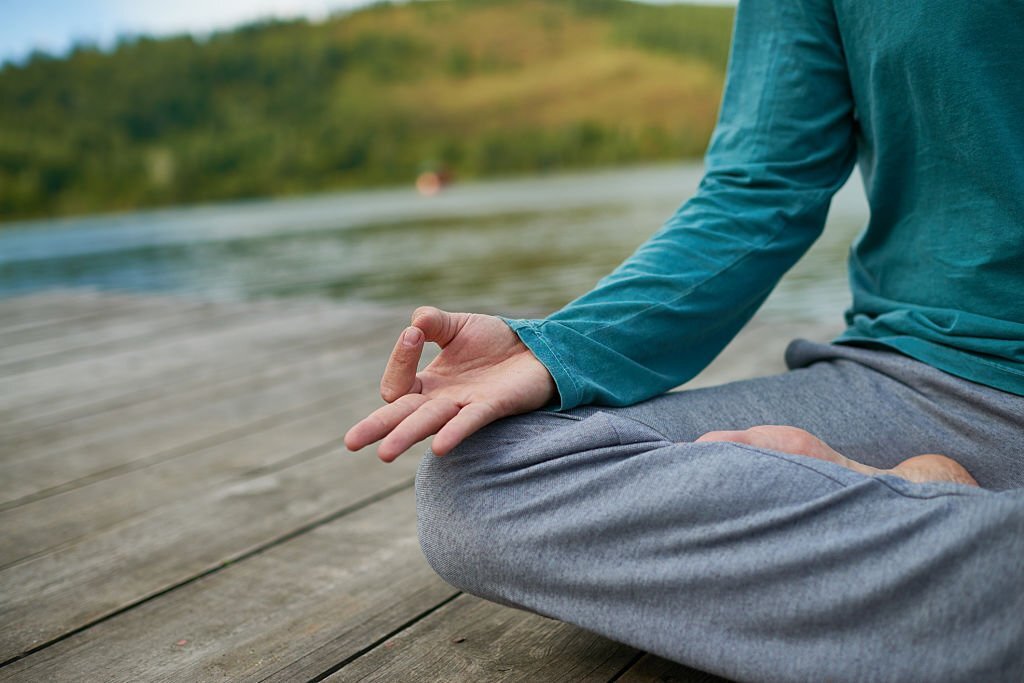

Gyan, the most iconic mudra, is a gesture of knowledge that improves concentration and sharpens memory. It is used when seeking insights into life.
The thumb represents divine wisdom and the supreme soul, while the index finger represents the individual soul. Bringing both fingers together means uniting the individual and supreme souls.
Practice this position with these easy steps:
- Join the tips of your thumb and index fingers together
- Extend the other fingers
- Face the palms upward for openness; turn them downward for grounding
2. Buddhi
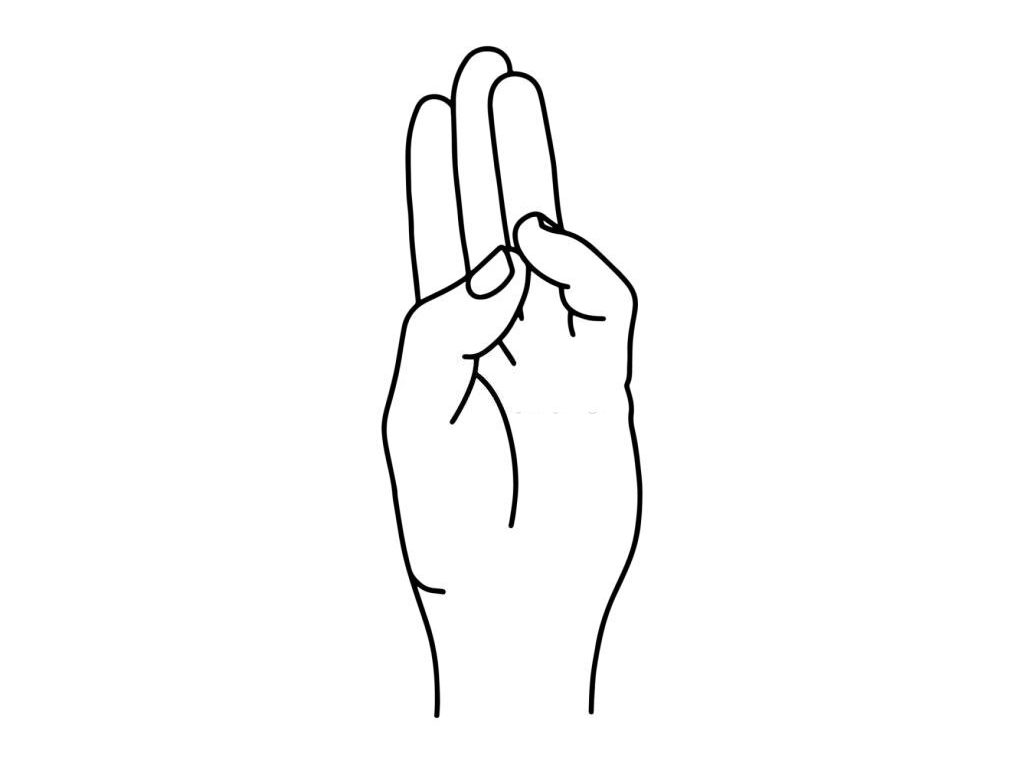

This mudra improves clarity, understanding, and intuition. It is best performed when you feel stuck or need wisdom and mental clarity.
Here are the steps to practice the Buddhi mudra:
- Move the tips of your little finger and your thumb together
- Extend your other fingers
- Keep your palms face up
3. Dhyana
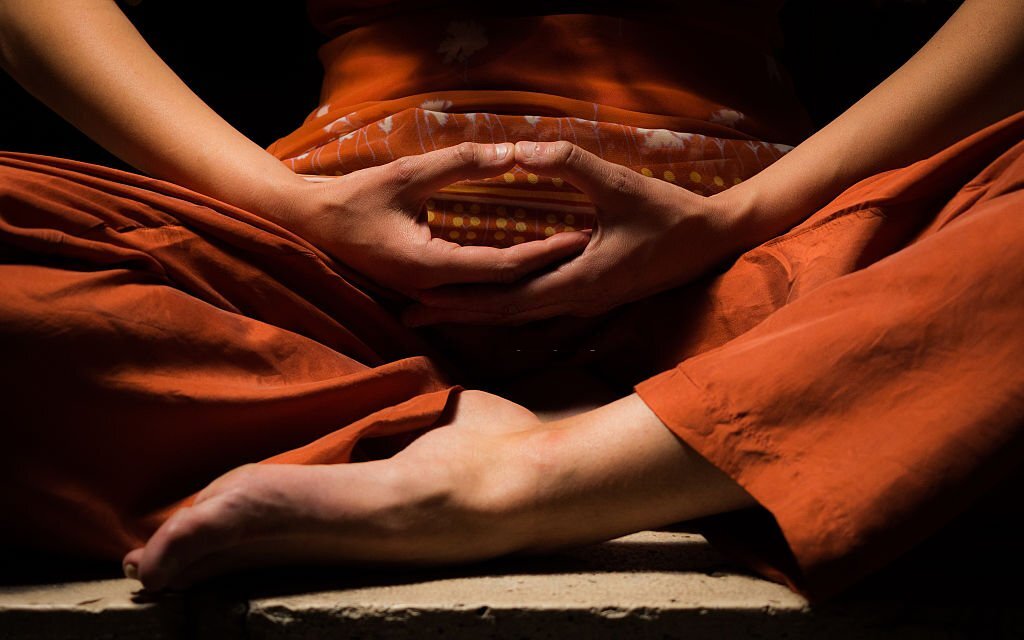

While you probably didn’t know its name, you may have already been familiar with Dhyana. This gesture is often depicted practiced by Buddha.
This mudra brings tranquility and enlightenment. That said, it’s best incorporated into your practice when seeking focus and a sense of peace.
Do this mudra by following these tips:
- Turn your palms facing upward
- Place your right hand on top of your left
- Let your thumbs touch each others
- Hold this mudra throughout your practice
4. Varada
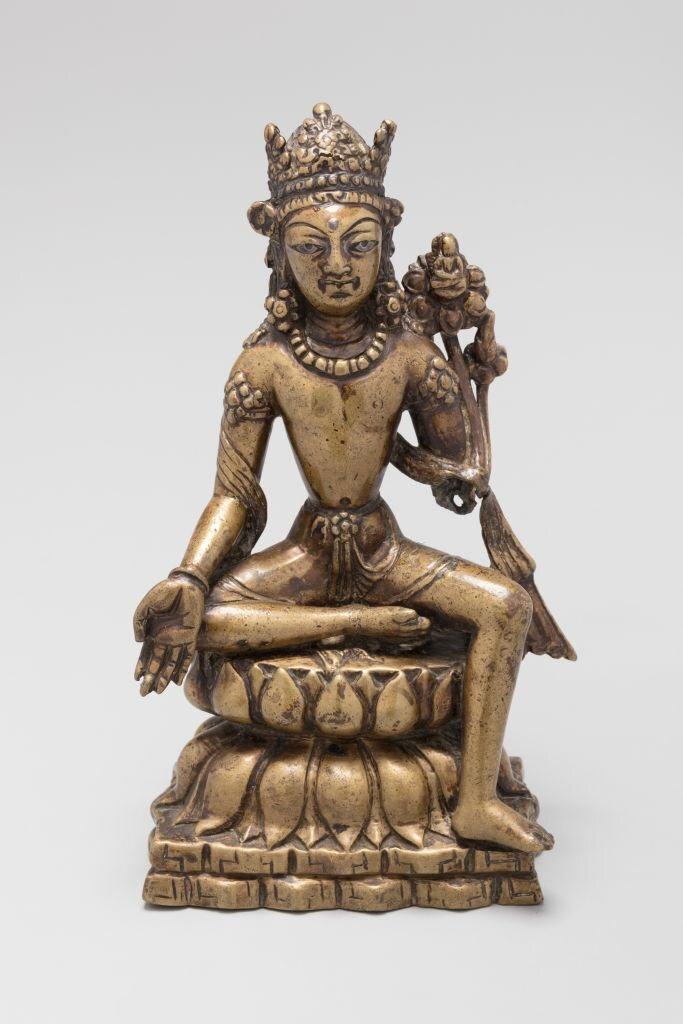

Varada is a sacred hand gesture of generosity, charity, and abundance. It grants wishes or mercy, so Hindu gods are often pictured practicing this mudra. It is best used during heart chakra meditation.
Follow these steps to practice this meditation hand position:
- Sit with an erect spine
- Rest your hands on your knees
- Face your left palm forward with your fingers extended and pointed downwards
5. Vajrapradama


The term “Vajrapradama” comes from the Sanskrit vajra, which means “thunderbolt.” This mudra builds trust and self-confidence. Practice it during challenging times when you have to believe in yourself.
To perform this mudra, complete these steps:
- Place your hands at chest level
- Cross your fingers together with the thumbs spread apart and pointing upwards
- Draw your elbows wide
Read More: Complete Guide To Vedic Meditation
6. Shuni
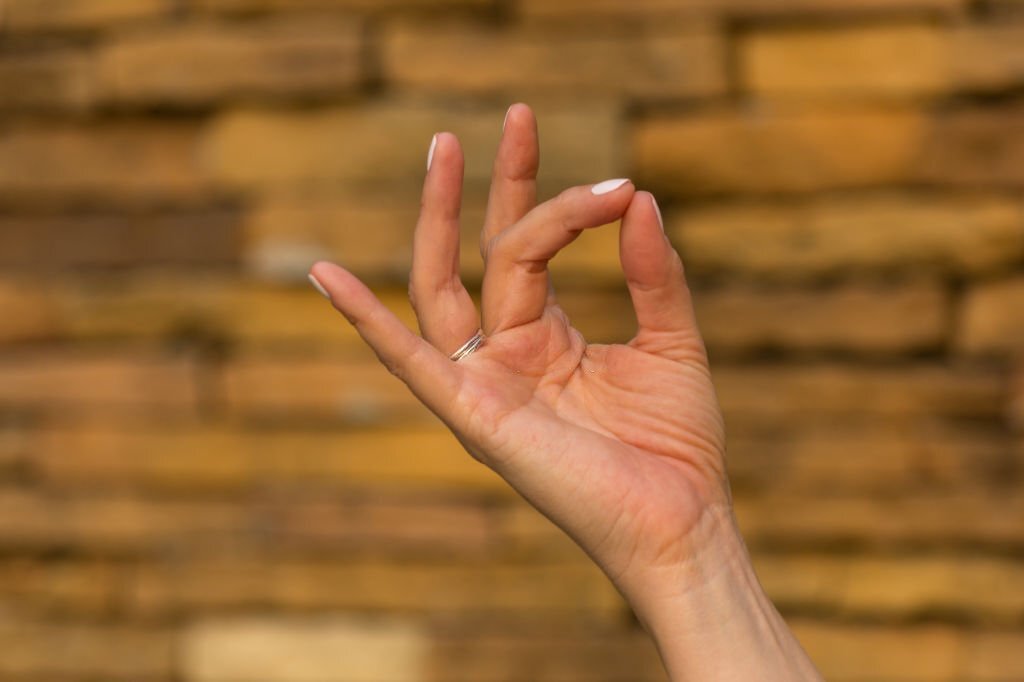

If you are dealing with negative emotions, practice Shuni mudra to purify your thoughts and feelings. This gesture encourages patience, understanding, and awareness in troubling times.
Here’s the step-by-step method to perform this mudra:
- Bring your hands on your knees with palms facing up
- Touch the tips of your thumb and middle finger
- Relax your remaining fingers
7. Prana
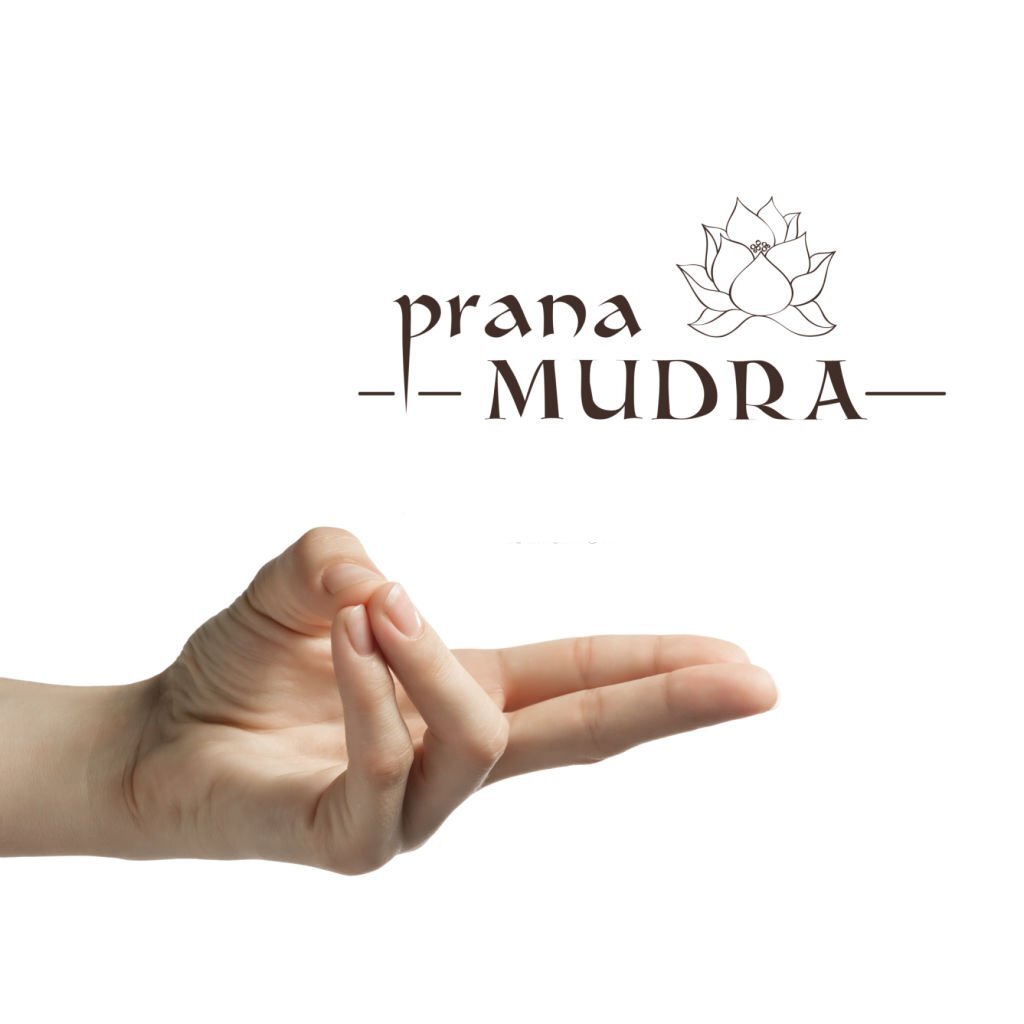

The Prana mudra, also called the life force seal, activates dormant energy and clears energetic blockages. It also balances the fire, water, and earth elements within the body.
Perform this mudra by doing these steps:
- Press the tips of your pinky and ring fingers toward your thumb
- Keep the other fingers straight
8. Surya
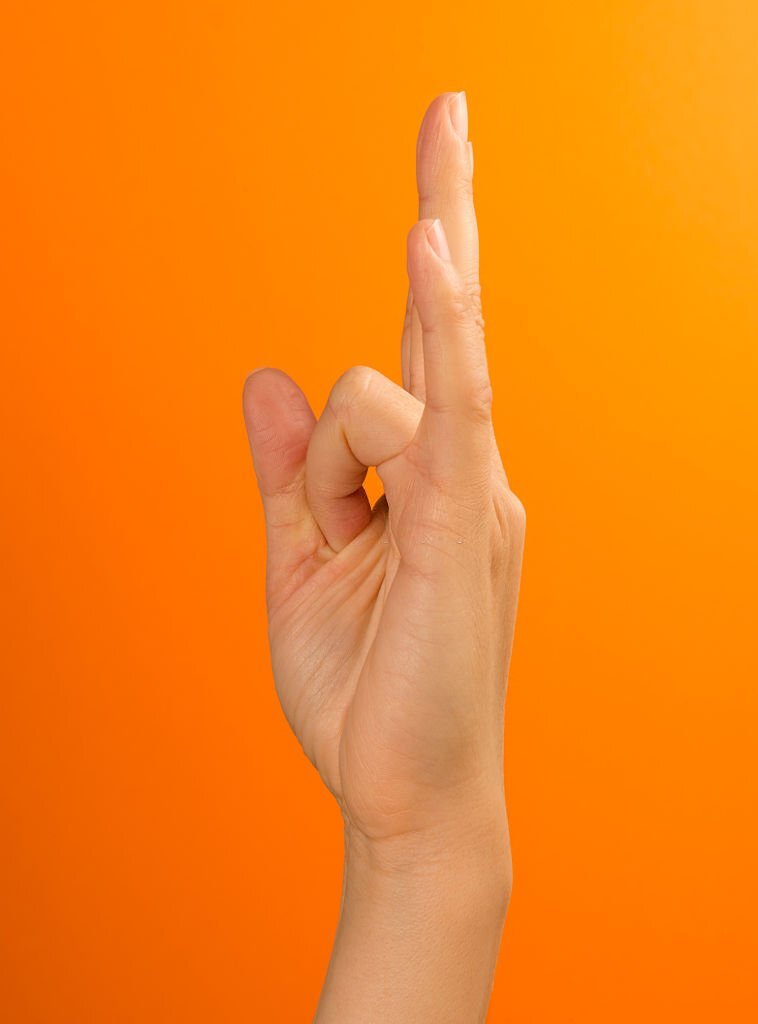

Surya is a hand gesture that increases the fire element in the body. It is known to have a natural healing property, so practice this mudra if you want to improve your metabolism or recover from colds.
Here are the instructions for this mudra:
- Bring your ring finger toward the tip of your thumb
- Ensure your thumb touches your ring finger’s knuckle
- Straighten your other fingers while keeping them relaxed
9. Apana
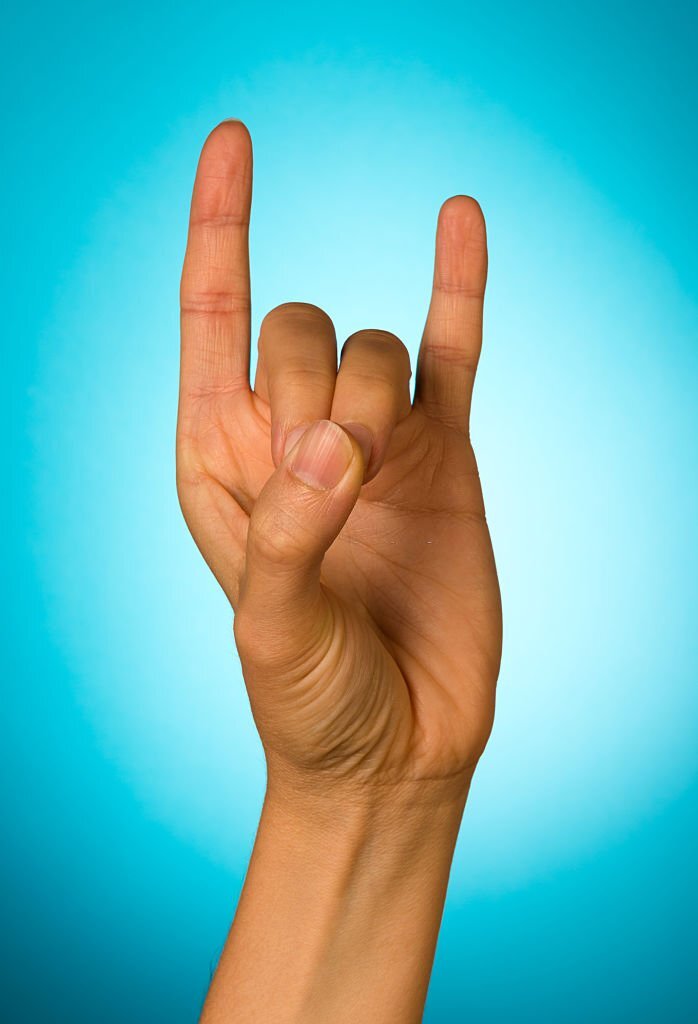

The Apana mudra joins the earth, space, and fire elements together. It eliminates physical waste products from the body and helps process difficult emotions. Also, it is especially beneficial to women for easing childbirth and regulating the menstrual cycle.
Practice Apana mudra through this method:
- Place both hands over your knees with palms facing upward
- Press the tips of your middle and ring fingers toward your thumb
- Extend the rest of your fingers
10. Ganesha


Named after the Hindu god Ganesh, the Ganesha mudra is believed to be a remover of obstacles. It boosts self-confidence, helps regain positivity, and brings courage to overcome challenges.
Follow these steps to make this gesture:
- Press your hands together with palms facing outward
- Clasp your hands together at chest level
- Form a claw by locking your fingers together
- Pull your arms apart while keeping your grip
In Short
I hope you enjoyed our list of 10 meditation hand positions or mudras. Your hands possess energetic points that can be cultivated during meditation. For that reason, learning these meditation hand positions can help you intensify your meditation results.
For instance, it can improve blood circulation, reduce hypertension, decrease neck pain, and more.3
To learn more about meditation, you can also read our article about twin flame meditation.
References:

